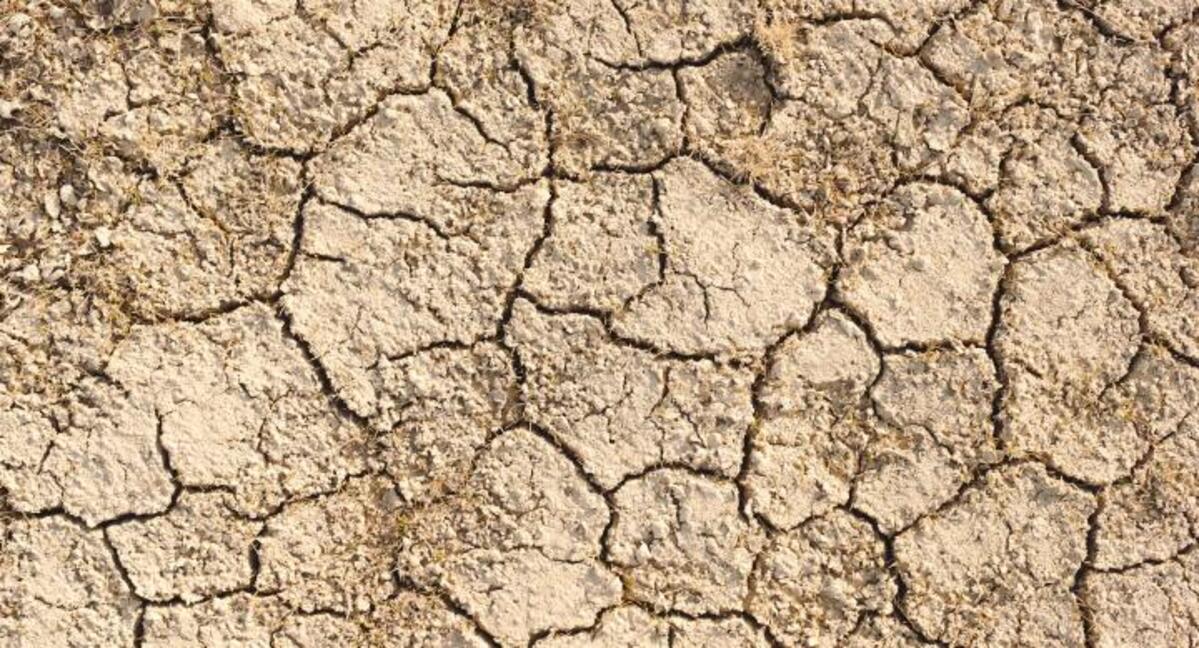In a new article in Scientific Reports, which is in the portfolio of Nature journals, a team of scholars from the University of Utah and The University of Texas at Austin found that drier than normal periods during growing seasons in Central America were associated with emigration to the United States in recent years.
“The findings suggest climate change impacts, particularly on the agricultural sector, likely contributed to a surge in out-migration to the United States, including whole families,” saud Stephanie Leutert, director of the Strauss Center for International Security and Law’s Central America and Mexico Policy Initiative at The University of Texas at Austin and one of the study’s lead authors.
“Policymakers concerned about the challenges migrants face need to help Central American countries invest in alternative livelihoods or adaptation, so the region’s citizens are able to stay in the home countries.” – Joshua Busby, co-author and professor at the LBJ School at The University of Texas at Austin
Through a Freedom of Information Act request, the researchers developed a unique dataset based on Customs and Border Protection place of origin data for the period 2012-2018. This data covered 323,579 migrants traveling as part of families from the Northern Triangle of Central America which includes Honduras, Guatemala, and El Salvador. These people were apprehended at the U.S.-Mexico border outside of formal ports of entry, and most of whom likely later claimed asylum. The team was able to match this place of origin data to larger administrative areas within those countries.
“Journalists and scholars have been making these connections between climate change and migration for several years,” said lead author Andrew Linke from the Geography Department at the University of Utah. “It has been challenging to document and show definitively. In our analysis, we find a robust association between drier than normal weather and families making the perilous journey from Central America to the United States, even after taking into account other drivers like violence and poverty.”

The researchers then used advanced statistical methods to test whether drier than normal periods, as measured by both temperature and rainfall, were associated with out-migration to the United States.
Specifically, conditions one standard deviation drier than usual, as captured in a Standardized Precipitation-Evapotranspiration Index 3-month average (SPEI03), were associated with a 70.7% increase in out-migration to the United States. Put a little differently, an administrative area within the region that had a particularly arid growing season weather saw 1.7 times more people travel to the US than areas with typical weather.

“Climate change will likely increase adverse impacts on agriculture in the region, making it harder for small farmers to make a living,” said study co-author Joshua Busby from the LBJ School at The University of Texas at Austin. Busby recently completed service as a Senior Climate Advisor at the U.S. Department of Defense. “Policymakers concerned about the challenges migrants face need to help Central American countries invest in alternative livelihoods or adaptation, so the region’s citizens are able to stay in the home countries.”
Source: Utexas Edu







